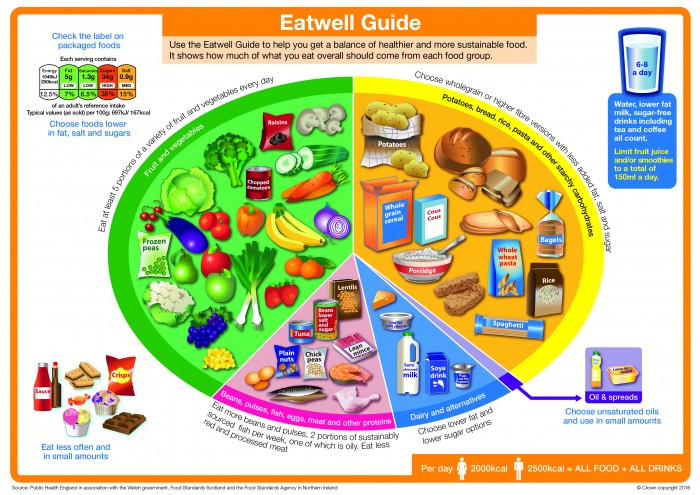Recipe & image supplied by Fish is the Dish (a Seafish initiative): www.fishisthedish.co.uk
Kedgeree is a dish consisting of cooked, flaked fish, rice, eggs and a variety of spices. Haddock is traditionally used, although it could also be made with tuna or salmon.
The dish can be eaten hot or cold and makes a delicious and filling breakfast meal.
Skill Check (as appropriate for each Key Stage)
Follow a recipe; follow food safety & hygiene rules; use measuring spoons and cups; use a jug to measure liquids; use digital/balance scales; chop using bridge/claw safely; use the hob (with adult supervision); shell an egg; garnish & decorate; tidy away.
Allergens
Fish | Eggs | Milk
(Please note the allergens listed are indicative only. Allergens vary depending on brand; check the labels on the products you use.)
Equipment
Oven tray, kitchen foil, fork, bowls, knife, chopping board, saucepan, measuring jug, wooden spoon.
Ingredients (serves 12 children)
- 900g undyed smoked haddock
- 50g butter
- 2 onions
- 4 green cardamom pods split in half
- 1/2 tsp turmeric
- 2 cinnamon sticks
- 700g basmati rice
- 1.2 litres stock (low salt is preferable)
- 3 hard-boiled eggs
Method
- Preheat the oven to 200oC / 390oF
- Wrap the haddock in foil and put it in the oven on a baking tray for 8 minutes (check it’s done by seeing if it flakes easily with a fork).
- Chop the onion and fry for 3 minutes in the melted butter, then add all the spices, including the split cardamom pods. Cook for 3 more minutes.
- Add the rice and stock, bring to the boil and then reduce the heat, cover and simmer for 15 minutes.
- Stir in your flaked haddock and cook for another 5-8 minutes.
- Divide it among the plates with a quarter of a hard-boiled egg on top of each to garnish.
Fun Breakfast Fact
Kedgeree is thought to have originated from an Indian dish called Khichri. It is widely believed that the dish was brought to the UK by returning British colonials who had enjoyed it in India and introduced it to the UK as a breakfast dish in Victorian times
So thinking about kedgeree...

Haddock is packed full of protein and B vitamins. It is a low fat white fish.
Eggs are also an excellent source of protein, as well as a whole range of vitamins and minerals.
Activity and discussion ideas
- Ask pupils to discuss the main ingredients and identify where they fit on the eatwell guide. Are there any food groups missing? Is there a good balance of the food groups? Is there anything the pupils would add to either the recipe, or the meal, to make it healthier or more balanced?
- Pupils might like to think about other fish dishes that would make good breakfast ideas, for example kippers on toast. They could use recipe books or the Internet to search for ideas.
Nutritional Information
| - | Energy | 1302KJ/309kcal | 15% |
| Low | Fat | 6.8g | 10% |
| Low | Saturates | 3.0g | 15% |
| Low | Sugars | 1.4g | 2% |
| High | Salt | 2.6g | 43% |
per 365g serving
% of an adult's reference intake
Typical values per 100g: Energy 1302KJ / 309kcal
Notes
A traffic light system is used on nutrition labels to make it easier to see which foods and drinks are lower in calories, fat, sugar and salt. Try and choose more ‘greens’ and ‘ambers’ and fewer ‘reds’, and stick to smaller portions of ‘reds’.
Just because a recipe or a food has a red traffic light doesn't mean you shouldn't eat it. Understanding why a food or recipe might have a red light can be helpful. For example oily fish is high in total fat and so any recipe containing oily fish is likely to be ‘red’ for fat. But it is recommended that we eat oily fish at least once a week because the type of fat it contains is beneficial for our health.
% Reference Intakes are also shown. Reference Intakes are guidelines about the approximate amount of particular nutrients and energy required for a healthy diet (based on an average-sized woman doing an average amount of physical activity). Most children will require less than these Reference Intakes. The contribution of one serving of a food or drink to the Reference Intake for each nutrient is expressed as a percentage.





